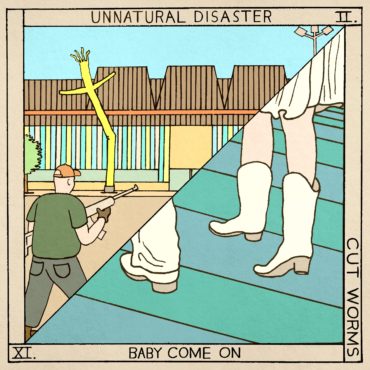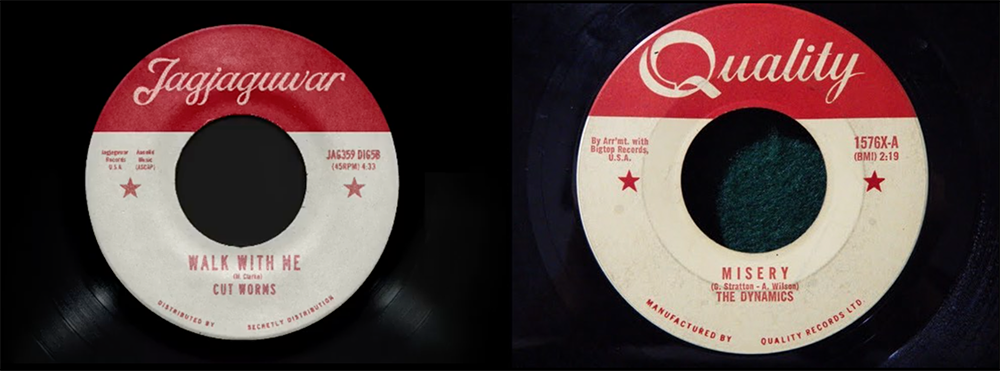
Every week, we’re here to remind you of the local artists we love and think you oughta know.
This year is defined by distance. Milestones and holidays like album releases and Thanksgiving remind us of our new reality. Cut Worms‘ recent album Nobody Lives Here Anymore suggests that we no longer live in the present. Even though we have been forced in limbo, collectively we are reluctant to pause. This 80-minute double album, the project of Max Clarke of Brooklyn-based Cut Worms, is a reason to slow down.
In conversation, Clarke uses his words sparingly. Careful not to over-explain, he is comfortable in uncertainty. We asked Clarke to reflect on the tracks he is most proud of, and he pointed to “Last Words to a Refugee.” But when prompted to explain the message he says, “it’s all in there, I couldn’t say anything more.” The title gives a sense of narrative, but the phrase itself does not appear in the song. The story and characters leave room for interpretation:
I can hold them off for a smile while
Give your head start a few more miles
But once I go down, you’re on your own
Don’t stop till you get back home
And give my love to everyone there
Tell them we were right all along
How the music carried soft in thе air
Till the sword suffocated the song
Listening to “Unnatural Disaster” (track 2 of 17) feels ironic. You might find yourself dancing while reciting lyrical laments of “Cut dried cancer cysts / Painted fingernails on the iron fist / Hole up and hide, it’s a blowout sale / Sweet suicide get me out on bail.” Once you realize the disconnect between the words you’re singing and the tapping of your toes the message hits deeper. It may be because Max starts off with writing music and the lyrics come next. Even Clarke isn’t always clear on what the tone or the message of each song is, “The whole point is to communicate something, but what that is isn’t necessarily set in stone.”
We have this urge to sort out new sounds with ones that are familiar, categorizing them within a time period, genre, and similar artists. To many listeners, Cut Worms’ sound feels easy to place. You can instantly imagine four mop tops and The Wall of Sound. Even though Mr. Worms cited the Beatles as an influence that “looms large” he was clear that the sound takes part in the tradition of mid 20th century rock n’ roll almost by accident. Only after the songs were written and recorded did someone at Clarke’s record label suggest the album art concept for three singles, inspired by old 45s. (“Chapel Of Dreams” by the Dubbs, “Misery” by The Dynamics, and “Dr. Handy’s Dandy Candy” by Jim Ford). These portraits of his songs directly link to the past but the connections we draw are up to us.

Aside from music, Clarke is a freelance illustrator (portfolio here). For this album, he created 17 illustrations, one for each track. Just as he allows for freedom of interpretation lyrically, the imagery isn’t explicitly connected. Is there a link between a light bulb and a scorpion to the words of “A Love So Fine?” Maybe, maybe not. Clarke enjoys the process of taking one idea and placing it in a different context, similar to the riff on the old 45s. Rather than representing a song, he illustrated whatever came to mind, creating a new series of artwork that can stand on its own.
With a 17-track double album and accompanying artwork, Clarke tells his stories through song and image, taking advantage of the overlaps and disconnects between the two. Each experience provides a different mindset — a new way of seeing and listening. With so many artistic choices, we think there must be a reason for each. But that’s the thing: art doesn’t need to rely on context to have meaning. And there is rarely just one meaning.
Stream Nobody Lives Here Anymore below via bandcamp.
